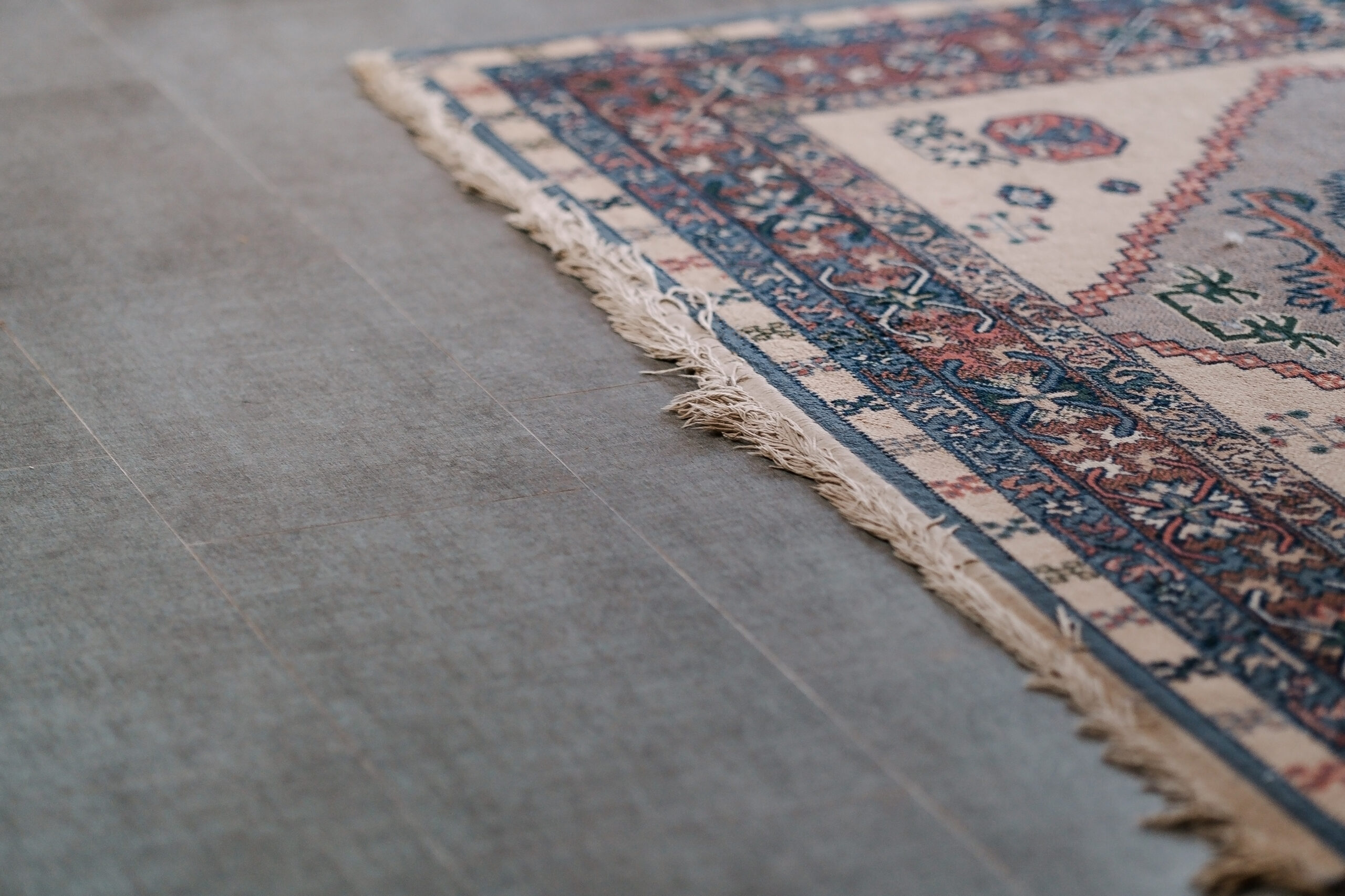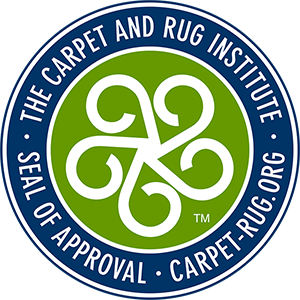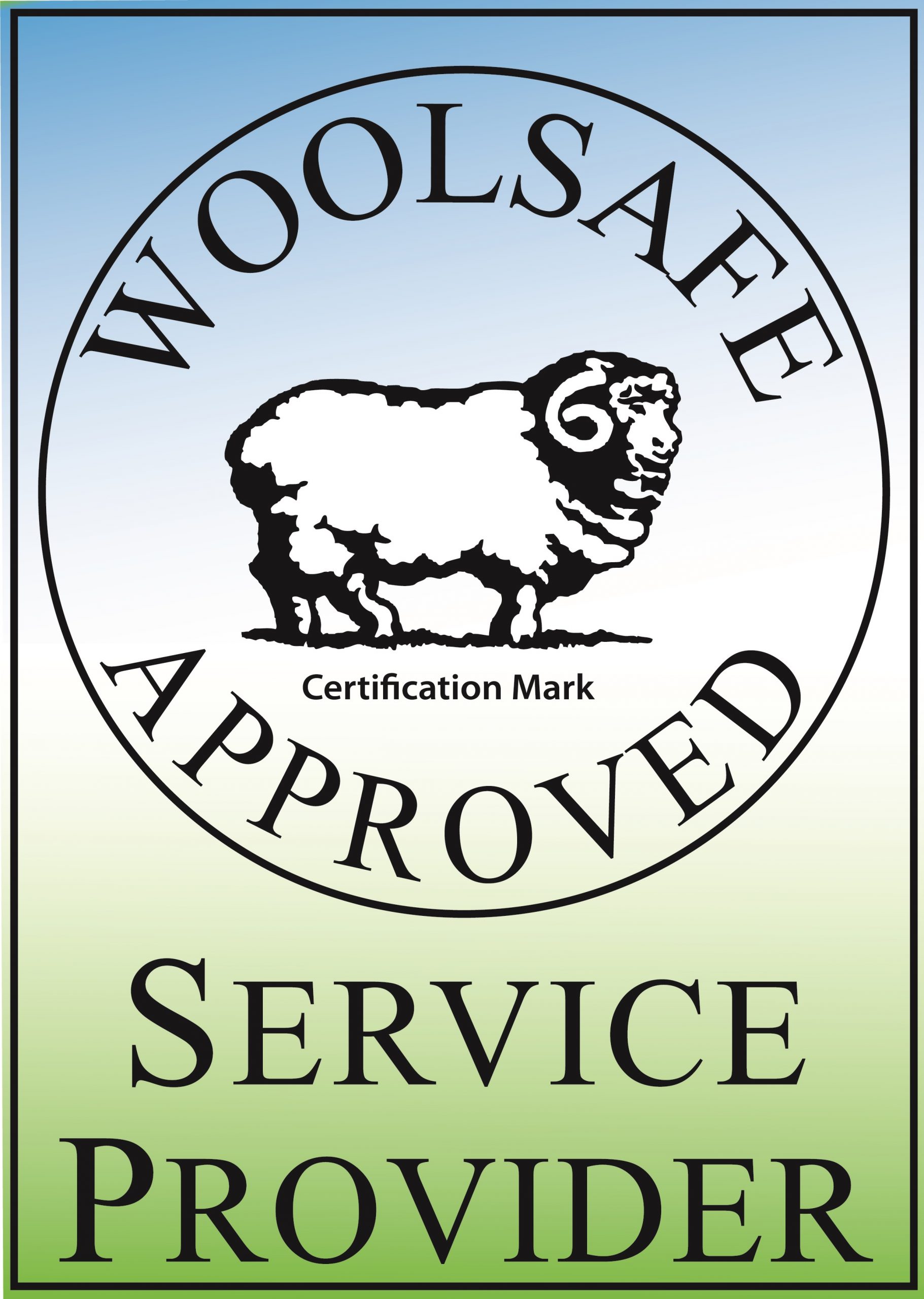
How To Care For Your Oriental or Persian Area Rug
Oriental Rug Salon Presents – How To Care For Your Cherished Oriental and Persian Area Rugs
Oriental, Persian, Turkish, and most wool or silk area rugs require specialized care for the best cleaning results. Too often, we’ve seen clients’ cherished area rugs ruined because they trusted a carpet cleaning to “clean” their rugs in the home.
As the “cleaner of choice” to many antique rug collectors, interior designers, Oriental rug retailers, insurance companies, and rug owners, our advice is sought on a wide range of questions regarding Oriental, Turkish, and Persian rug care.
To answer some of those questions, Oriental Rug Salon’s Rug Master provides the following answers.
Q – How do you know when it’s time to take your Oriental rugs in for a professional cleaning?
A – Because Oriental rugs don’t always show soil, people often neglect cleaning; there are three ways I can recommend testing your Oriental rugs to see if it’s time for cleaning:
- Move a piece of furniture covering your rug and compare that section with the rest of the rug. If the colors are not as vibrant, it’s time.
- Bend back the rug’s nap in the most heavily trafficked area to expose the fibers at the base of the knots; the rug needs professional care if you see dirt or grit that your vacuum hasn’t removed. You can also vacuum your area rug and flip if over. Place a white piece of paper on the floor and tape the rug from the back. If debris falls, its time for a professional cleaning.
- Unless your rug is antique, worn fringes and edges are often a sign your rug needs cleaning. After cleaning, we can hand sew new fringes and restore worn edges.
Q – What are people’s most common mistakes rug owners experience when having their oriental rugs cleaned?
A – The Number One mistake is having their rugs cleaned by a “carpet cleaning company.” Carpet cleaning companies are great at cleaning synthetic wall-to-wall carpeting with high-pH cleaning solutions, steam, and a carpet wand. Wool and silk require acidic cleaning agents manufactured explicitly for natural fibers. They also need cool water baths, dusting, specialized drying, resetting of the nap, and an experienced technician specializing in wool and silk textiles.
Another problem we see is rug owners allowing companies (carpet cleaning and otherwise) to take their rugs from their homes so that they can be cleaned at their “rug cleaning plant” when there is no rug cleaning plant. The rug is often cleaned in a parking lot or a rug shop floor with a carpet cleaning wand. No certified specialist available, no Rug Master, no specialty insurance, improper cleaning solutions that can harm the rug’s fibers, and no experience.
Q – What’s the best way to store an Oriental rug if it’s not in use?
A- Wool and silk area rugs that will be stored for an extended length of time (six months or more) should be wrapped in a cotton sheet, a canvas drop cloth, or ideally, in a permeable wrap such as Tyvek, which will keep out any insect or vermin invaders as well as spilled moisture from the outside while allowing the wool or silk inside to breathe.
The area should be well-ventilated, with the rug stored out of direct sunlight. Storing under a bed, in an air-conditioned storage unit, or a closet or unused room works well.
BEFORE storage, you should have your area rug professionally cleaned and treated with an insect repellant or souring agent. There are several benefits to using repellents on your wool rug before you store it and the agent that Oriental Rug Salon uses is allergen free and a non-pesticide. Insects can cause severe damage to natural fiber area rugs. They can also transfer their eggs from one rug area to another. This is especially true if the rug has been stored for a long time. Insect deterrent measures can prevent this from happening. It can also prevent insects from crawling into the carpet pile and eating the natural fibers.
Q – How To Care For an Oriental or Persian area rug at home?
A – Owning an Oriental or Persian rug is not the same as other pieces of furniture in a home. Persian and Oriental rugs can be worth thousands of dollars and have cultural or historical meanings. A Persian rug can be an investment, an antique, a pleasure to own, or a family heirloom; it is the owner’s responsibility to understand appropriate rug care, cleaning, and maintenance of their rugs.
To help prevent wear on an area rug that is frequently walked on, ROTATE your rug 180 degrees every 3-6 months to promote an even wear pattern. If furniture is on the rug, rotating will help prevent long-term “crush” damage to the rug’s foundation caused by the furniture’s legs or base.
Natural fiber rugs are susceptible to moisture build-up from humidity and spills. It is a good idea to “air out” your rugs twice yearly to prevent moisture damage and odors. To air out your area rug, sweep both sides with a broom, and then vacuum with the vacuum’s beater bars turned off. Allow the rug to breathe by allowing it to stay with the face yarns facing the floor for twenty-four hours. Right side the rug, rotate and place where desired. Never use sprinkle deodorizers on your area rug. They cause a mess, help attract soils, and are masking agents, not true deodorizers.
Vacuum your area rug regularly.
Clean spills, including pet urine, immediately. Any liquid should be removed as much as possible by blotting with a white paper towel (do not use a paper towel with any coloring), and the remaining spill should be flushed with clean water to dilute any staining. The rug should then be blotted again to remove as much moisture as possible and allowed to air dry. You can place a fan on the spills to assist in drying or use a hair dryer on the cool setting.
Urine should be treated with a mixture of 50% WHITE vinegar and 50% water (Club Soda is better) as the components of urine can affect the composition of the dyes in the fibers and cause dye migration. Blot spills and NEVER scrub. To treat, test a small portion of the area rug in an inconspicuous place. Place a small amount of your mixture on a white paper or cloth towel and press down with your thumb on the back of the rug. Wait about 20 seconds and check your towel. Of there is no dye transfer, you can moisten the area of the spill, agitate lightly with the back of a spoon for about 30 seconds, allow to set a couple minutes, then blot dry. If the stain does not budge, call Oriental Rug Salon for professional assistance.
Rug padding is often overlooked and essential to your area rug’s health. Rug padding, in addition to helping to prevent slippage and rug bunching, will also help absorb the shock of constant foot traffic, thereby absorbing the strain from the rug’s foundation.
Professional rug cleaning – Vacuuming your rug regularly and having it professionally cleaned when needed will extend your rug’s life for generations to come. Soil and other contaminates act like glass shards, grinding away at the fibers of your rug, causing premature wear, traffic lanes, and further potential permanent damage.
Q – How often should I have my Oriental rug professionally cleaned?
A – Check out this video on how often you should have your area rug professionally cleaned.
Q – How can I identify moth and insect damage to my area rug?
A – Here’s a video to help you understand and identify insect activity on your Oriental or Persian rug.
Q – What mistakes do rug owners make when caring for their area rugs?
A – Here is a video of steps rug owners can take to preserve their area rugs.
Q – What is a “tufted” area rug?
A – Here is a video identifying and helping you to understand tufted rugs.
Q – Do I need a rug protector applied once my area rug is cleaned?
A – The answer is YES, and this video will explain why.
Q – My pet had an accident on my Oriental rug. What should I do to protect my area rug from urine damage?
A – Approximately 30% of the area rugs we clean annually are as a direct result of a pet accident. Here’s a video you can watch to learn more about the four ways urine can damage an Oriental rug and how to protect it from permanent damage.
Q – What are those “white knots” that appear on my area rug? Is it damaged?
A – White knots or “freckles” can be desirable. Here’s a video explaining what they are and why you may not mind them on your cherished Oriental or Persian area rug.
Q – What are Viscose rugs, and should I buy one?
A – Viscose is also known as artificial silk. Here’s a video on precisely what Viscose is so that you can decide if Viscose is right for you.
Oriental Rug Salon For All Of Your Area Rug Cleaning Needs
Oriental Rug Salon is a full-service Oriental and Persian area rug cleaning, restoration, repair, and appraisal company serving clients throughout the United States. Our 6,000-square-foot facility is located in Cape Coral, Florida, and we offer FREE pick-up and delivery for most area rugs throughout Lee, Collier, and Charlotte County, Florida.
Oriental Rug Salon is a Certified Partner with the prestigious Institute of Inspection, Cleaning and Restoration Certification (IICRC), the International Carpet & Rug Institute (CRI) and a WoolSafe Approved Service Provider.
We hope you have found this interview with our Rug Master helpful when determining the best practices for caring for your area rug. If we can ever be of assistance or if you would like to schedule a thoroughly exhaustive area rug cleaning, please do not hesitate to give us a call any time.
For more information on Oriental Rug Salon and our services, please visit us online at www.OrientalRugSalon.com or call us at 239-424-8171.



